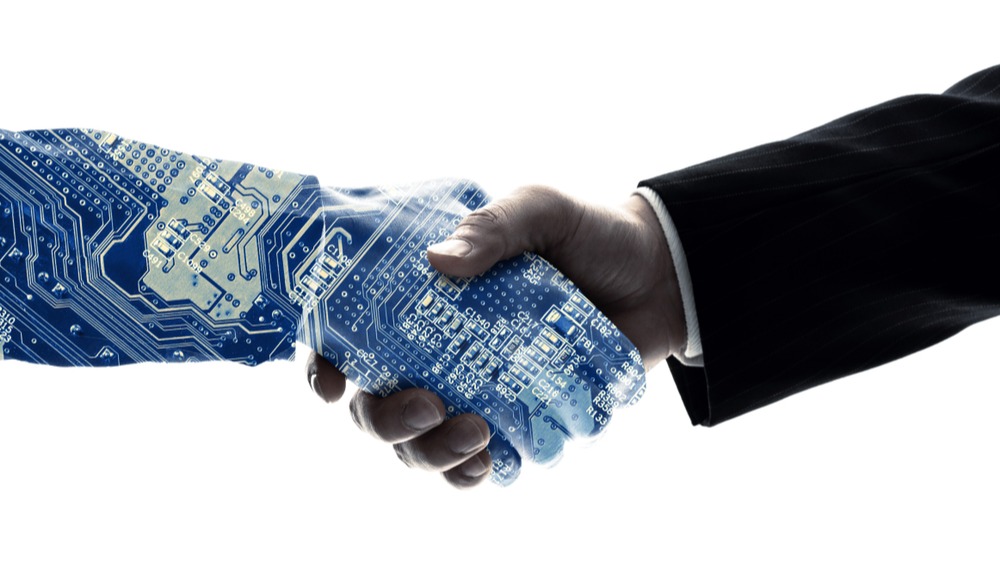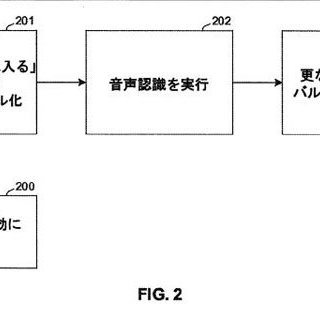uiux
Regular
Hi all
I believe that I may have identified a previously unknown Early Access Partner - Roborigger (Tensa Equipment)
I haven't looked into this in super detail as work has been pretty busy lately, but have listed my initial research below and would welcome any thoughts or comments.
Last week I attended an eGroup session here in Perth and the guest speaker was Derick Markwell from Roborigger.
"The Roborigger is a wireless load controlling system which uses gyroscopic and inertial forces to accurately rotate and orient crane loads"
1. Let's start with the product and Perth innovation market itself as the context here holds some weight in my opinion.
Derick Markwell and Tensa Equipment, the company that owns Roborigger, are based here in Perth. The innovation hub within Perth is relatively small all things considered and so I will often run into the same innovators, founders, industry experts, and investors at Perth-based innovation and technology events [note: I'm an accountant so am generally attending these events for business development].
Regarding development timelines, Roborigger was undergoing research and development in Perth throughout 2015, 2016 and 2017. The first prototype was considered 'market-ready' in 2018. Comparatively, the Brainchip RTO occurred in 2015 so it wouldn't be a stretch to assume that Derick and Peter VDM would have run into each other during those early years if they were attending Perth-based innovation and tech events at that point in time.
2. Let's now look at Roborigger itselfThe Roborigger comes with a cloud based IoT application. The built-in software collects data from every lift including time, weight, and the location of the loads being lifted - the software is undergoing continual development and I recall Derick mentioning in his presentation that the aim is to continue to develop it so that customers have data to understand the productivity of their cranes, the productivity of the personnel operating the cranes and the productivity of their operational sites in general.
Somewhat related, Roborigger has also developed logistics software that'll work hand in hand from a warehouse point of view to allow for complete end-to-end customer service [arrival at warehouse -> site -> lift -> installation as an example]. The logistics software is still a work-in-progress. The plan is to develop additional products that'll be attached to forklifts and can identify packages via object detection and take photos that'll help to create an inventory audit trail from warehouse to installation.
Roborigger is developing a 'personnel detection system' based on an artificial intelligence (AI) model to detect personnel within the fall zone of a suspended load. The protoype system is already working.
Page 2 of this IoT Brochure shows details of the AI image recognition capability, including how it works.
Note, "Future capability to identify and categorize the type of the loads being lifted e.g. a shipping container or a bundle reinforcing steel, etc. by image recognition."
Here is a video of the detection system in action.
I've included a screenshot below of what the object detection system looks like - looks familiar right!?
View attachment 13748
From memory (hopefully to be confirmed), Derick explained that Roborigger can sound an alarm when personnel walk within the fall zone, even if there is no internet connection. The 'event' is then later logged when the Roborigger reconnects to the cloud. [I have messaged Derick to confirm if this is correct given it is an extremely important point].
In regards to the timing of the development of the AI image recognition capabilities, I've found the following, noting that the dates are important:
15 June 2020 - BrainChip Successfully Launches the Akida Early Access Program
5 October 2020 - Upload date of the [above] Personnel Detection System YouTube video.
4 November 2020 - METS Ignited Sponsors Roborigger To Accelerate IoT Development
"The current Roborigger IoT development roadmap includes AI image recognition capabilities to detect and give warnings when personnel are under the crane loads"
Initial take aways for me:
- the timing of the product development fits nicely with akida
- the location of the company and managing director also fit nicely with brainchip/pvdm
- the look, smell and feel of the product also fit nicely with akida
If it looks like a duck, swims like a duck, and quacks like a duck, then it probably is a duck.
That's all for now. Feel free to poke, prod and respond with ogres should they be warranted.
Cheers all.
The screenshot is just a generic object detection network like Yolo
And you are just plotting out coincidental timelines?
Is that the strongest link you found?



